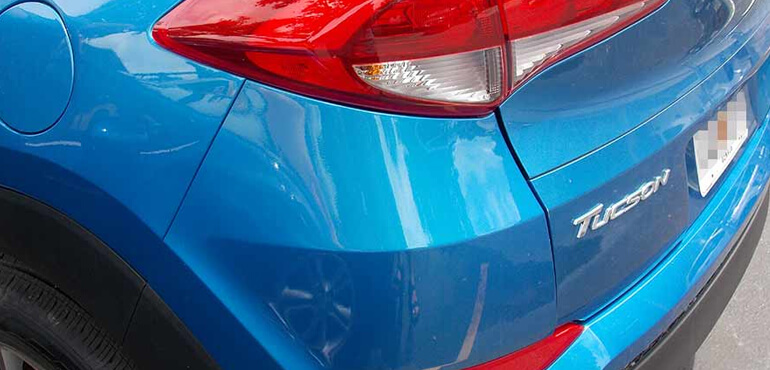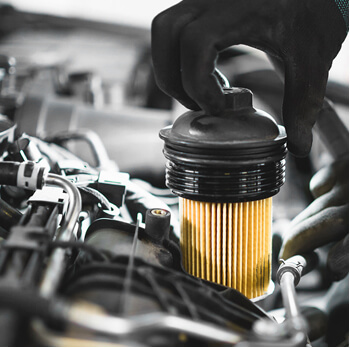Check Engine Light Diagnostics
Engine Diagnostic Services and Automotive Diagnostics
When your vehicle begins to act up, it is important to make sure to get in and get your car diagnosed. An accurate diagnosis can save you time and money in fixing the problem. Too many people have been left stranded on the side of the road due to ignoring their check engine light.
Should you get Tested?
When it comes to auto care, you want to stay ahead of the game and be ready to fix the errors early to prevent long term or extensive damage to the car’s engine. We recommend trying to avoid driving with a check engine light on. The longer you drive with service lights on, the more likely you are to cause long term damage to your vehicle. When the light comes on, find your way to an auto repair center where they may use a code reader to diagnose the problem.


What is Automotive Diagnostics?
Automotive diagnostics is when an auto mechanic uses a computer or diagnostic device, such as an OBD I or OBD II scanner to determine the specific problem the vehicle is experiencing. These tests are typically done externally and take little time. Sometimes, though, an auto mechanic may have to physically diagnose the vehicle. Other diagnostic tests may include computer tests, road testing, and performance testing. Whether it is a simple scan or a deep check, these tests can prevent many expensive and time-consuming repairs down the road. That’s not to say that they don’t still make good cars, but there have been some models in more recent years that didn’t quite make that cut. Even with a few models that haven’t quite lived up to the hype, they still produce vehicles that have the latest technologies as well as still being one of the best luxury cars on the road. The fact that the makers of your car endeavored to make the best in car luxury, doesn’t mean that there aren’t a few cons to owning one.

How does the diagnostic check work?
Before the test scans are even started, a mechanic may ask some questions to try to narrow down the possible problems. Sometimes, a noise or a smell can change the whole course of action for the mechanic and can determine whether a scan is the best choice for diagnosing the problem. When a diagnostic test is done, the mechanic uses a device to find the diagnostic trouble codes. These are codes that the computer in the car uses to tell the mechanic what is damaging the engine performance. Once the test is complete, you may be offered other diagnostic services or possibly engine or vehicle repair services. Some of the things the mechanics look for may include oil pressure, censor function, braking systems, spark plug fouls, and many more. Not all things can be diagnosed with scanners though. Things like exhaust system leaks and catalytic converters may not be able to be diagnosed through a scanner or device. The scanners used to get the codes are great diagnostic tools. They usually show the code and a brief explanation of the issue. A scanner may give you a code made of numbers and letters that make no sense to the average person, but also has a description such as “O2 SENSOR” which is easier to tell means there is a problem with the oxygen sensor then a code with just numbers and letters. If the scan doesn’t give the mechanic enough information to solve the problem or to be able to give you a good recommendation on how to fix the problem, they may run a computer test or a diagnostic test to find the root of the problem. A road test may also be necessary for some testing. Road tests are often used to diagnose exhaust problems and mechanical issues not detectable by the computers.